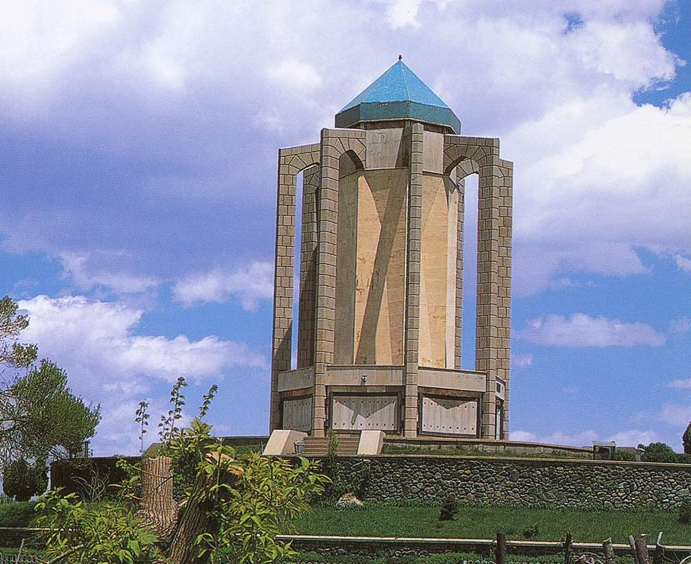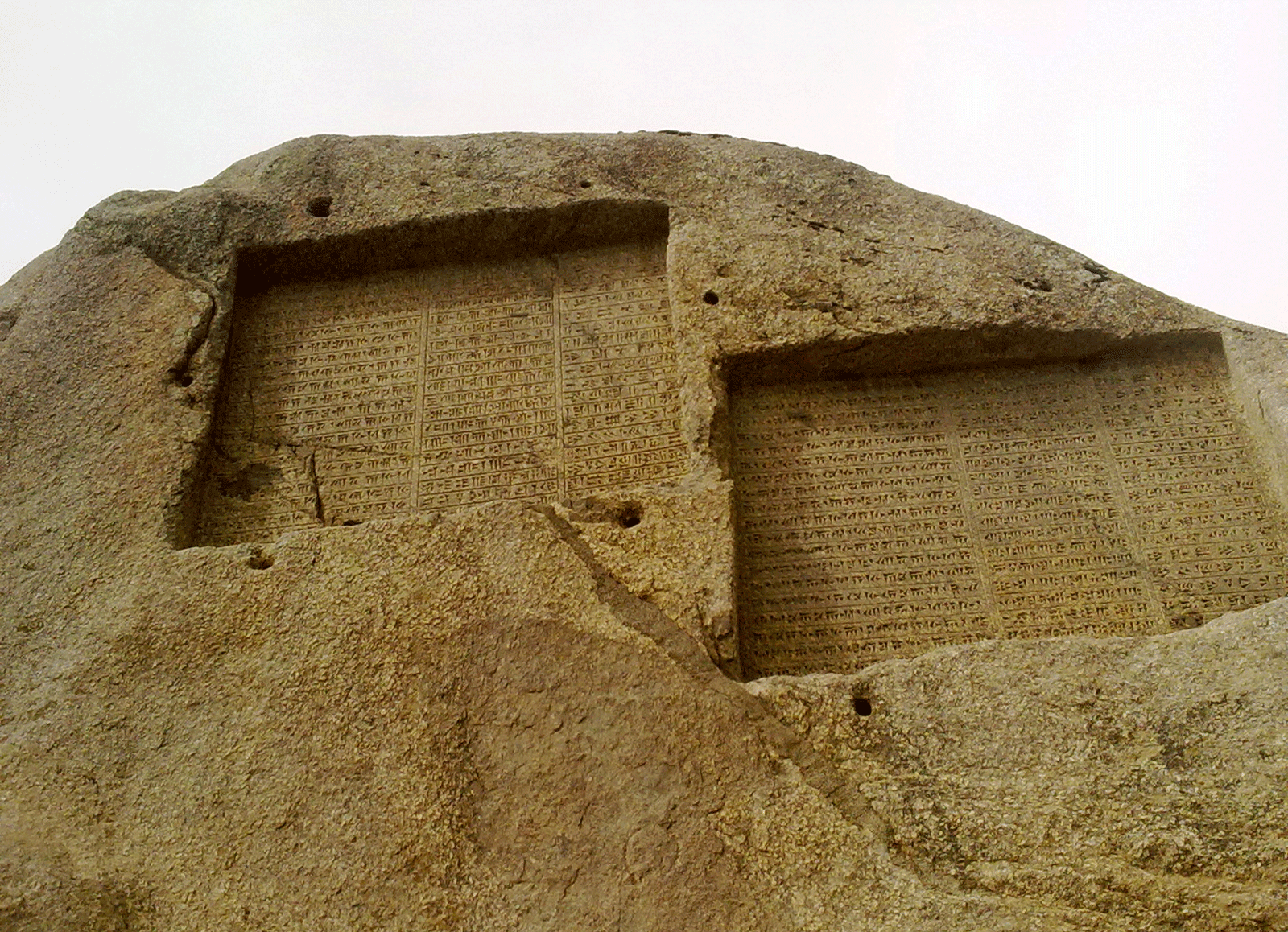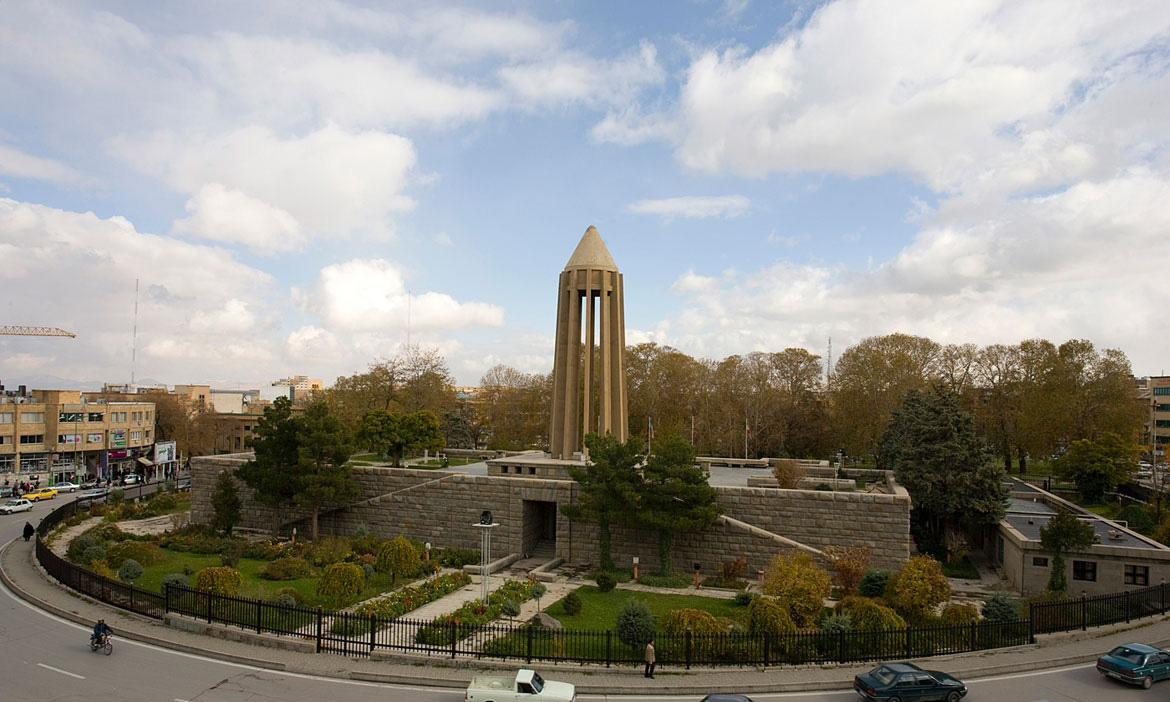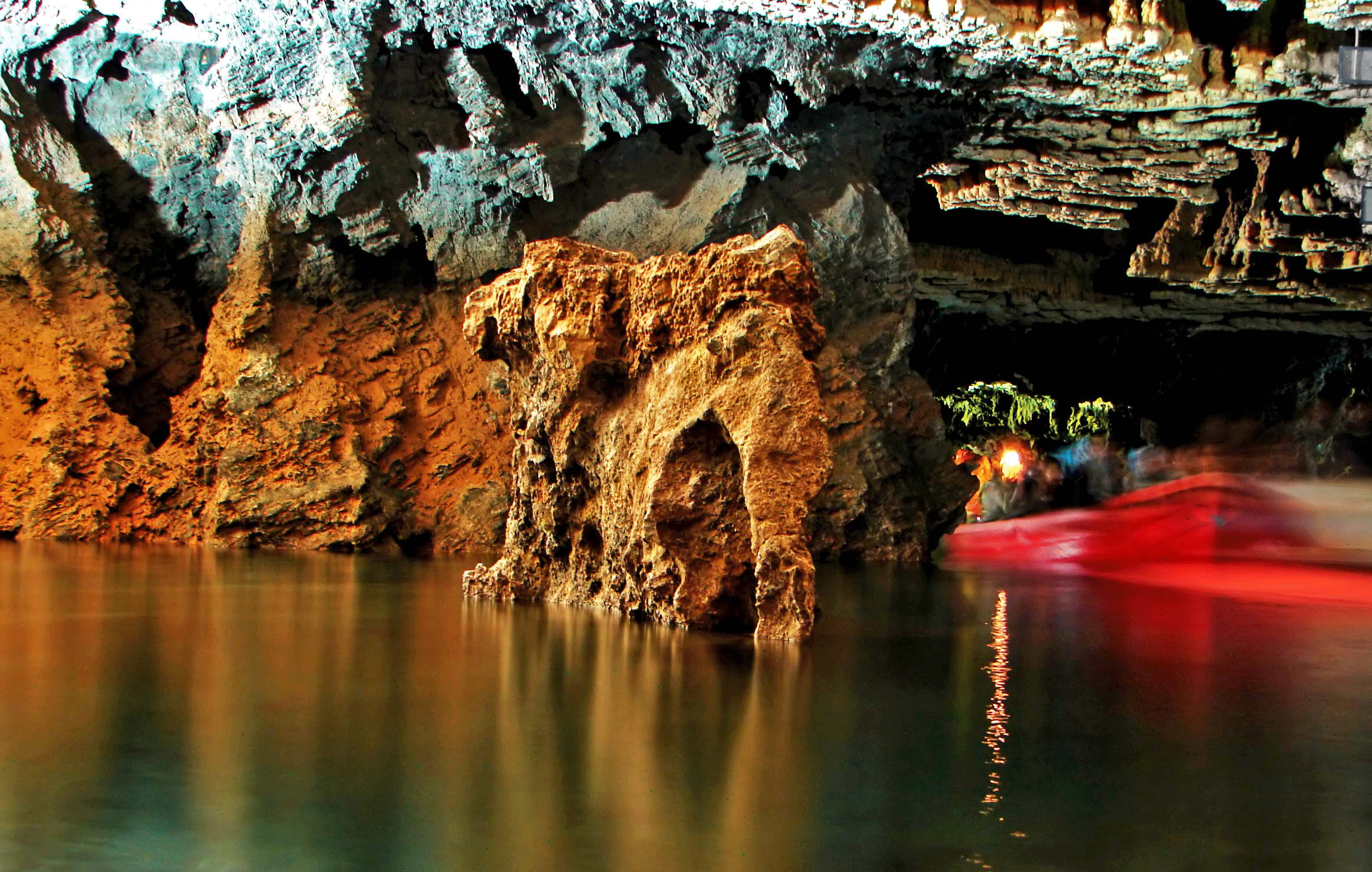Hamedan
Hamedan (Old Persian: Hegmetana) is one of the metropolises of Iran in the western and mountainous regions. Hamedan is one of the oldest cities in the world and due to its historical and spectacular sites, it is known as the 5th Iranian cultural and tourist city. The previous history of this city was around 1100 BC.
The major sights of this city are the Ganj Nameh inscription and the Baba Taher monument.
Tomb of Baba Taher:
Baba Tahir is known as one of the most revered early poets of the 11th century in Persian literature. His tomb is on the top of a hill in the north of Bactria of Hamedan which built in the 6th-SH century during Seljuq dynasty.

Ganj Nameh:

Tomb of Bu-Ali Sina:
The tomb was built in Qajar era, in 1954 BuAli Sina (Avicenna) Mausoleum dominates his namesake square and resembles a concrete crayon pointing to the heavens. It was loosely modeled on Qabus 1000 year old tower in Gonbad-e Kavus.

Ali-Sadr Cave:
Ali-Sadr is the world’s largest water cave which originally called Ali Saard Cave (meaning cold) is one of the wetlands in Iran and one of the few blue caves in the world.
The height of the cave is 2,100 meters above sea level and has a river flowing through it and most travel through the cave system is done by boat.

Hamedan Museum:
- Hamedan Natural History Museum
- Museum Hegmataneh
- Avicenna Museum
- Holy Defence Museum
- Hamam-e Qal’eh Museum of Anthropology
- Hamadan Archeological Musuem
Other tourist attractions in Hamedan:
- Qorban Tower
- Jame Mosque of Hamedan
- Mirzateqi Mosque
- Shir Sangi
- Hegmataneh hill
- Tomb of Heyghogh prophet
- Tomb of Esther Hamadan
- Mishan plain
- Alawian dome
- Imamzadeh Hussein
- Historic castle Bath
- Corejan Bridge
- Ekbatan Lake


